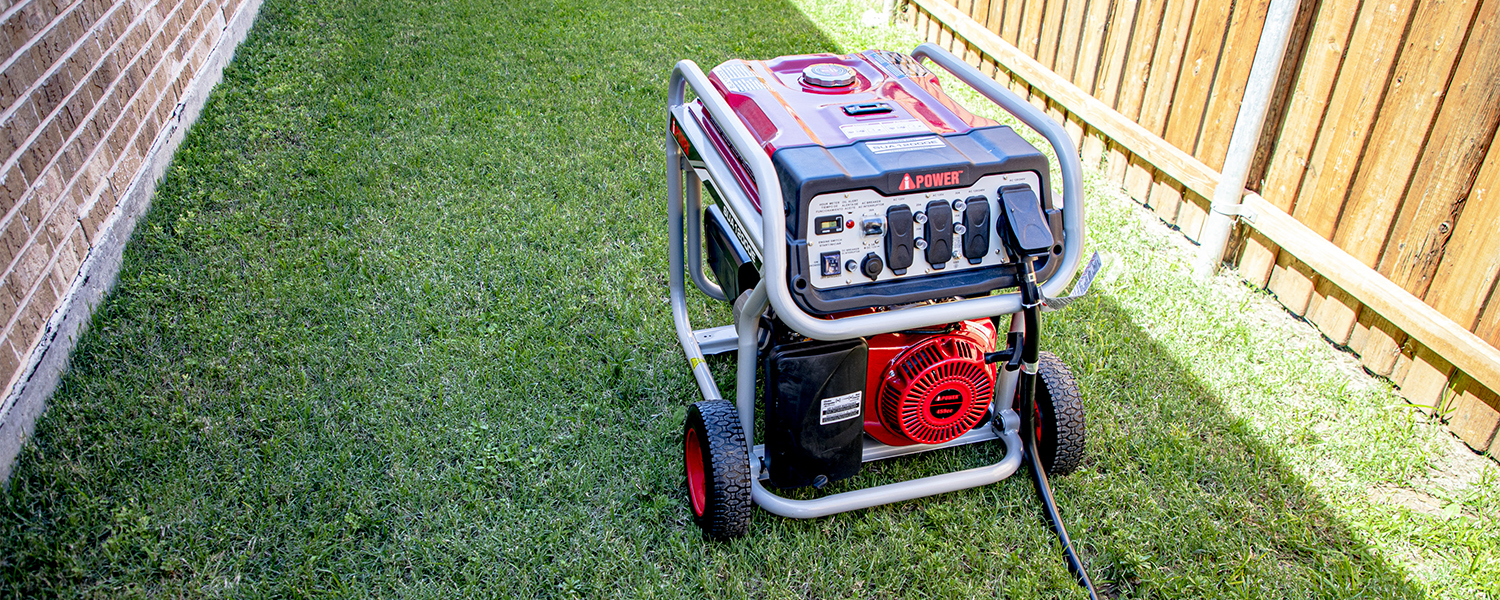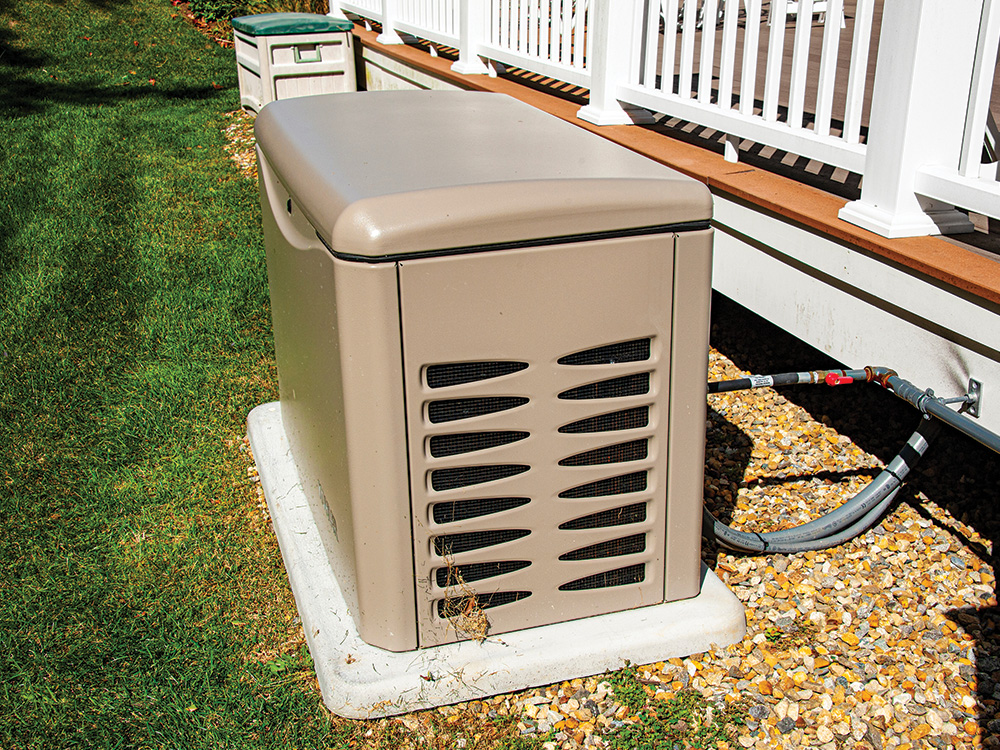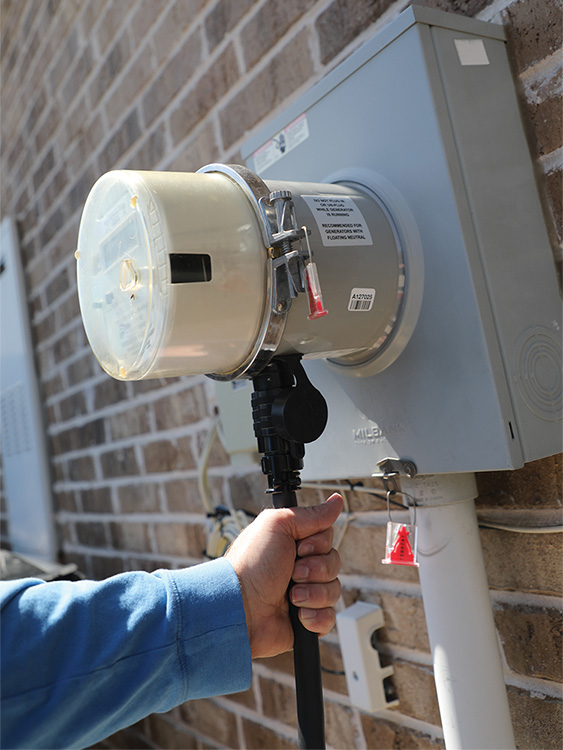What you need to know about generators

CoServ has built a reputation as one of the most reliable utilities in Texas (see the March issue of Texas Co-op Power for more). Members enjoyed reliable electric service 99.994 percent of the time in 2022.
Even with the hard work, professionalism and dedication from CoServ Employees, it’s impossible to prevent all power outages. On rare occasions, they may last more than a few hours, usually because of extreme weather or other conditions beyond our control.
For added peace of mind, some CoServ Members are turning to standby generators, also known as whole-home generators, and battery backup systems.


If you’re considering backup power, here are some important things to know:
What’s the difference between a portable and a standby generator?
Portable generators can power some of your home’s needs and be moved around as needed. They run on gasoline, diesel or propane.
IMPORTANT: Never use a generator in the garage or any enclosed spaces, including garages because the exhaust fumes can be deadly.
A standby generator can power your whole home. However, unlike a portable generator, it must be installed by a qualified licensed electrician and must include an automated transfer switch. Because these generators are connected to your home’s circuits, the transfer switch ensures that the generator will shut off when power is restored to the grid and will never send power back onto the grid, resulting in dangerous operating scenarios down line.
How does a standby generator work?
Standby generators, also called whole-home generators run on the home’s existing natural gas or propane service. It can power some or all of a home’s needs depending on the size of the generator and the load. In some cases, the gas meter might need to be upgraded. CoServ Gas Customers should email [email protected] for more information.
Do I need to let CoServ know I have a standby generator installed?
CoServ asks that Members fill out the application at the back of the Distributed Generation manual at CoServ.com/StandbyGeneration and email that to [email protected] so your generator can be added to our mapping system. CoServ wants to know where generators are in case crews detect voltage on the lines during an outage.
Why is it important to prevent electricity from going back on the grid?
In a worst-case scenario, electricity from the generator reaches the nearest transformer, which steps the electricity up to 14,000 volts, creating a hazard for the linemen working in the area.
Are generators safe?
Generators are a safe way to provide power to your home during an emergency but must be installed, connected and operated according to the manufacturer’s instructions.
Can I connect a portable generator to my home’s circuits?
Yes. The safest and easiest way to do that is by having a Generlink Transfer Switch professionally installed. The device is designed to connect directly to your existing CoServ meter and includes a plug for your generator. The transfer switch prevents electricity from flowing back on to the grid. CoServ requires that the Generlink be installed by a qualified licensed professional.
How do I know what kind of extension cord to use?
If you’re running extension cords to a portable generator, be sure you use the right gauge for the job. The longer the cord, the higher the gauge needed. Refer to the manufacturer specifications that came with the generator. Using the wrong cord could cause it to overload.
Find additional information on standby generation and backup power at CoServ.com/StandbyGeneration.

